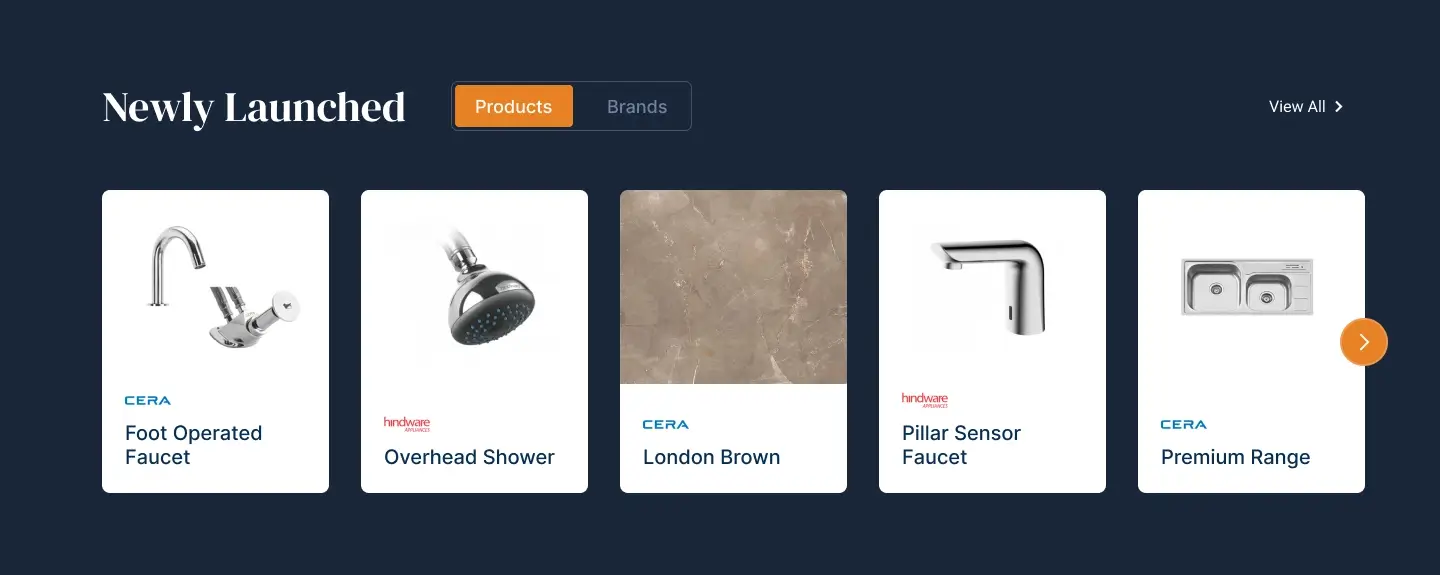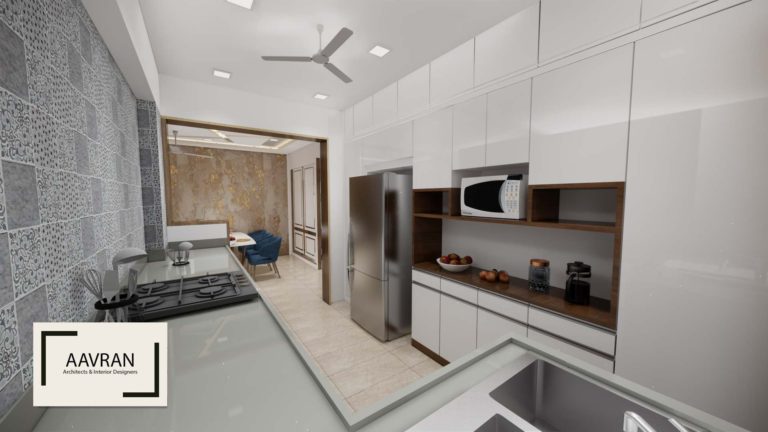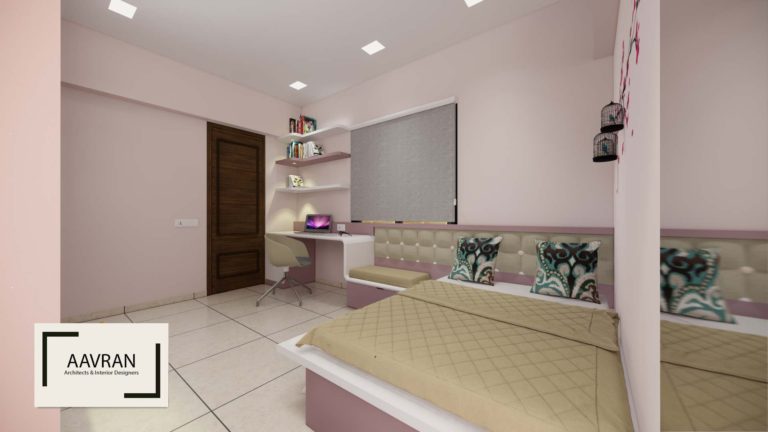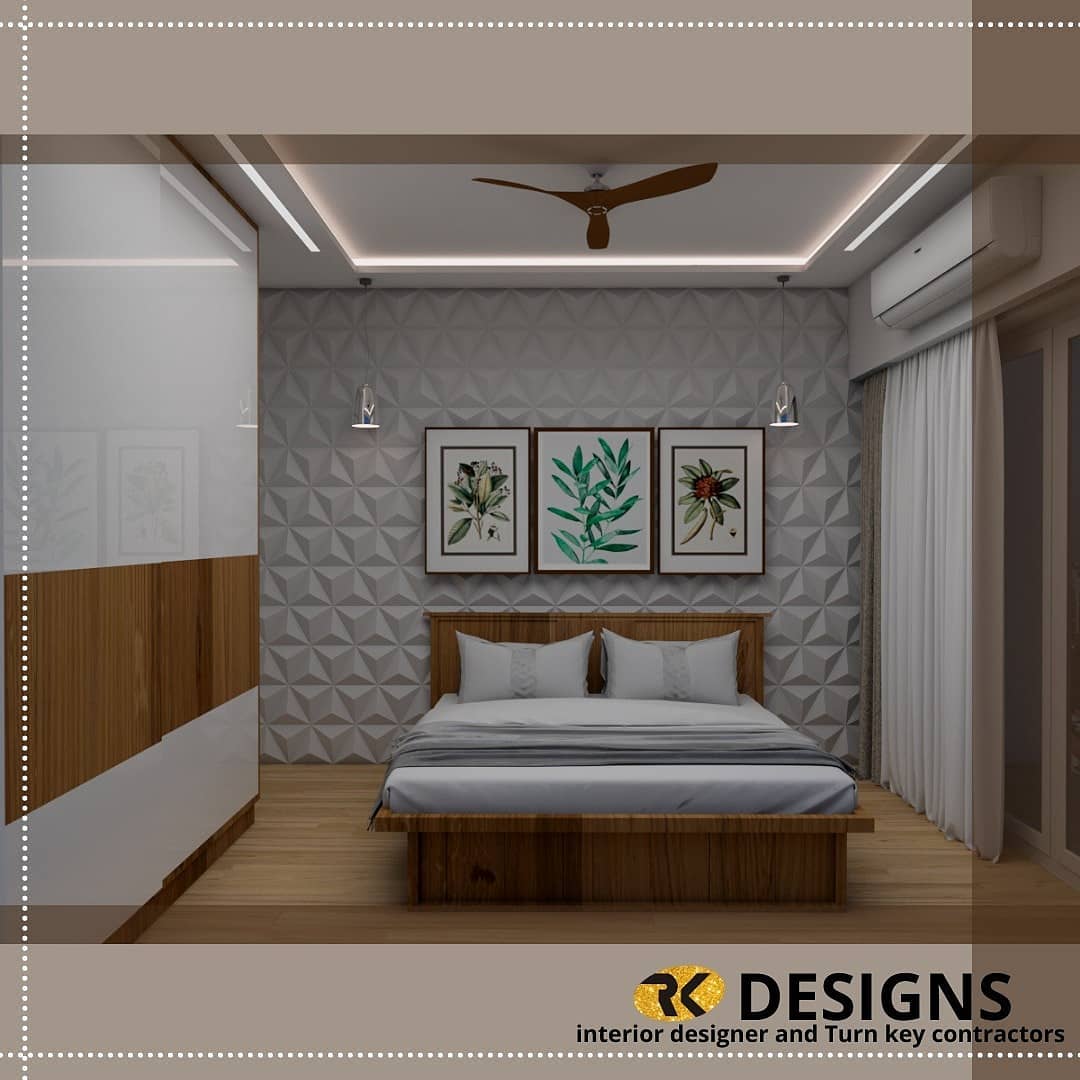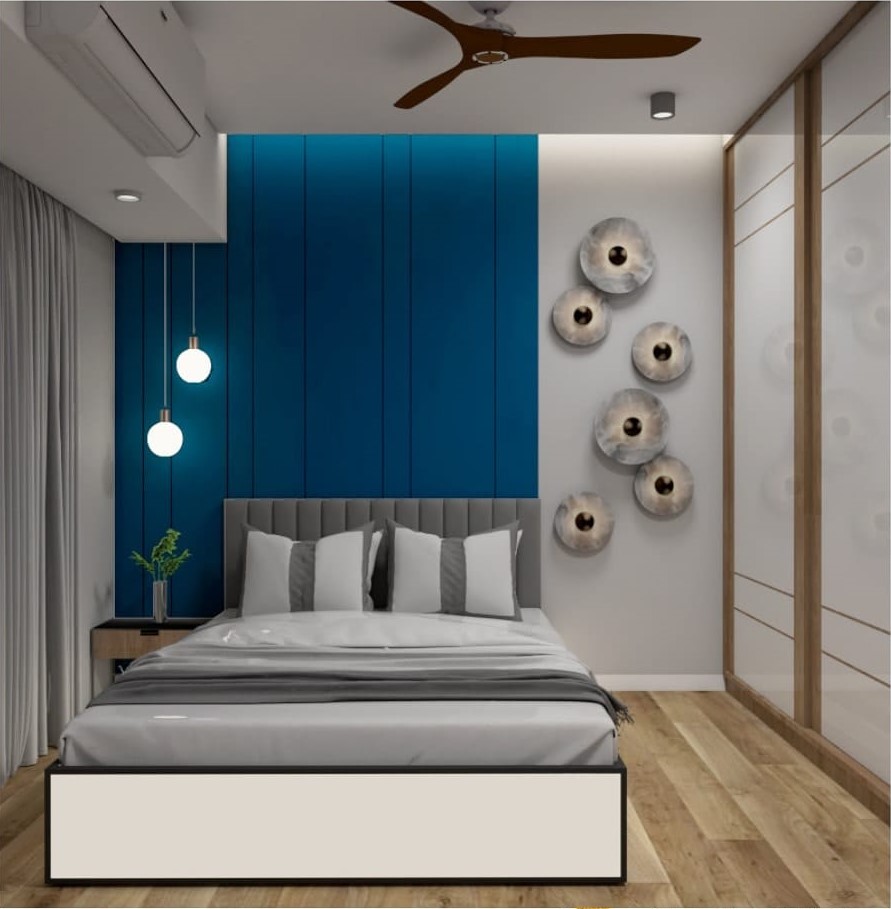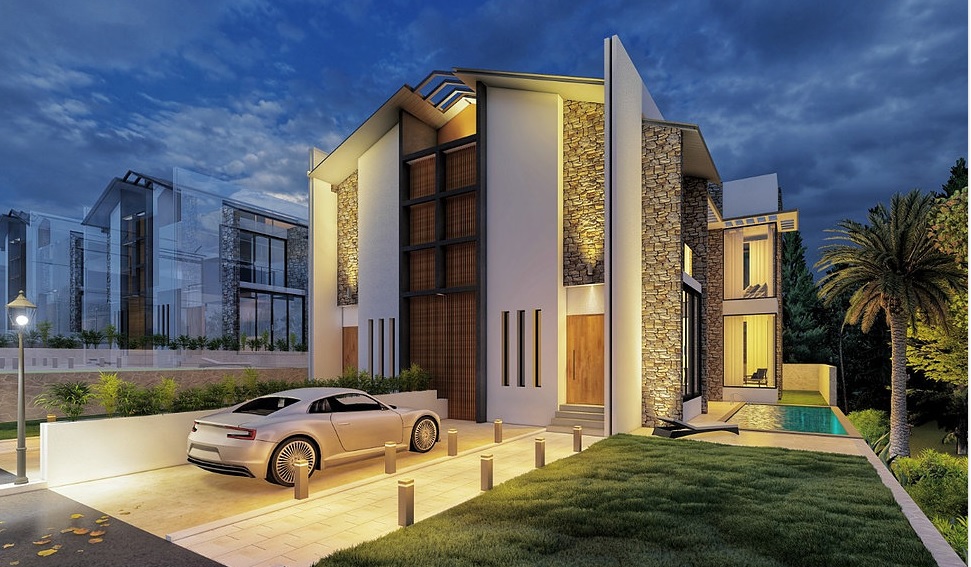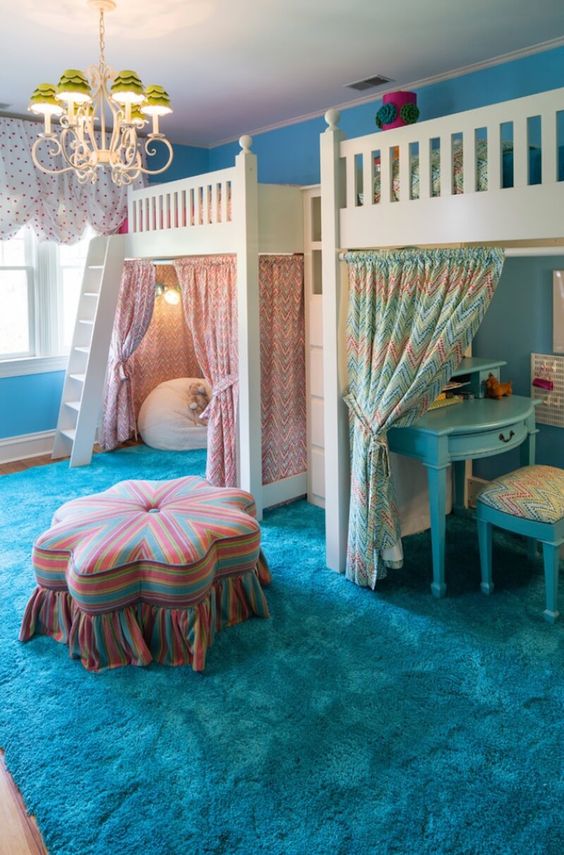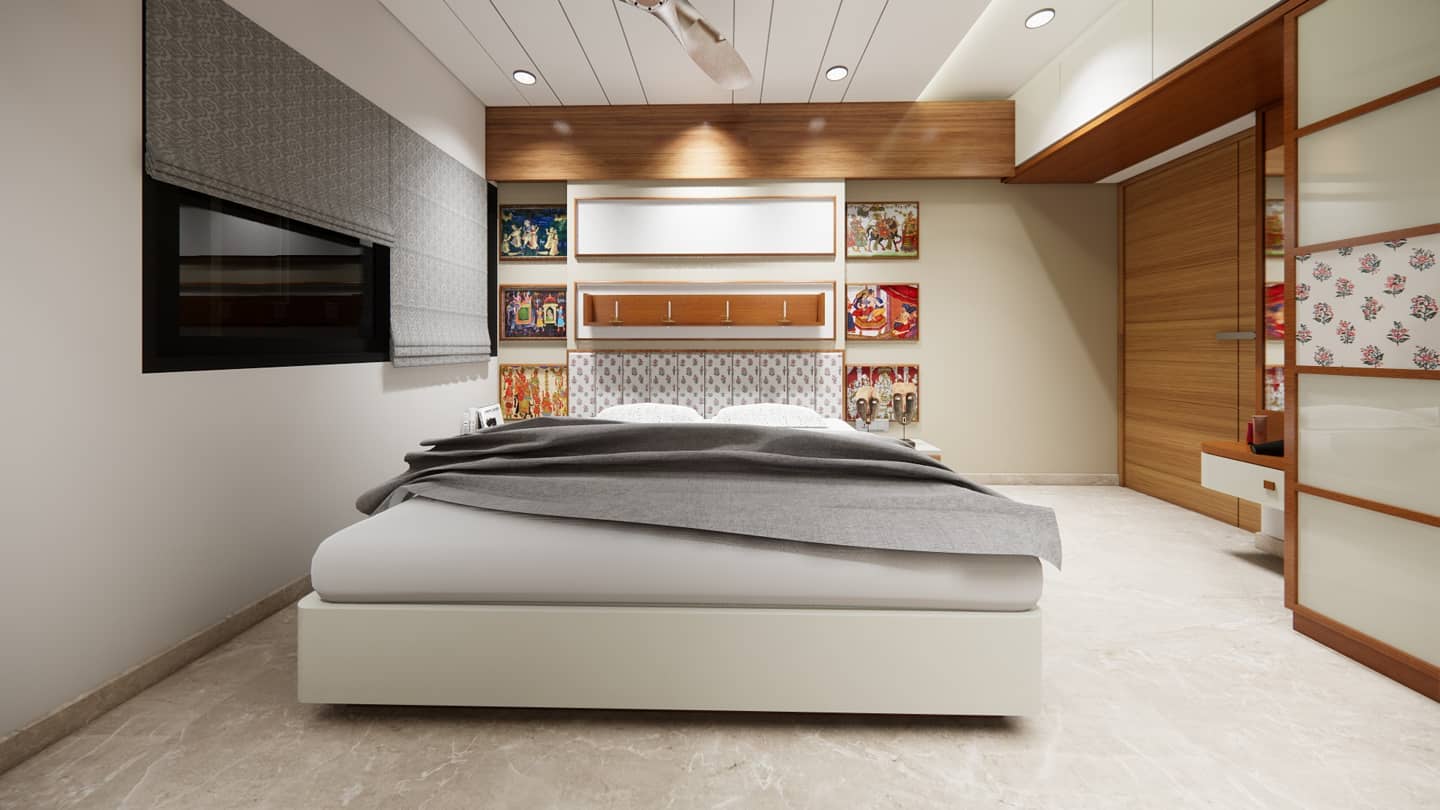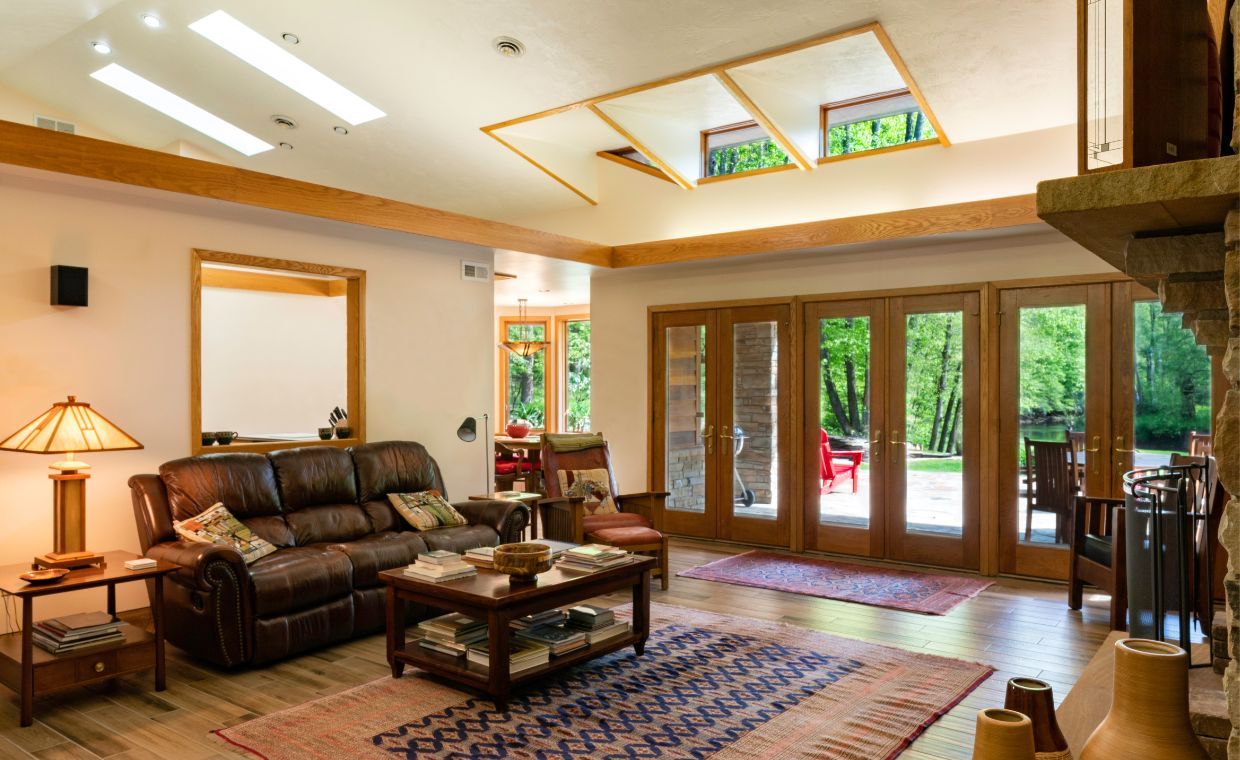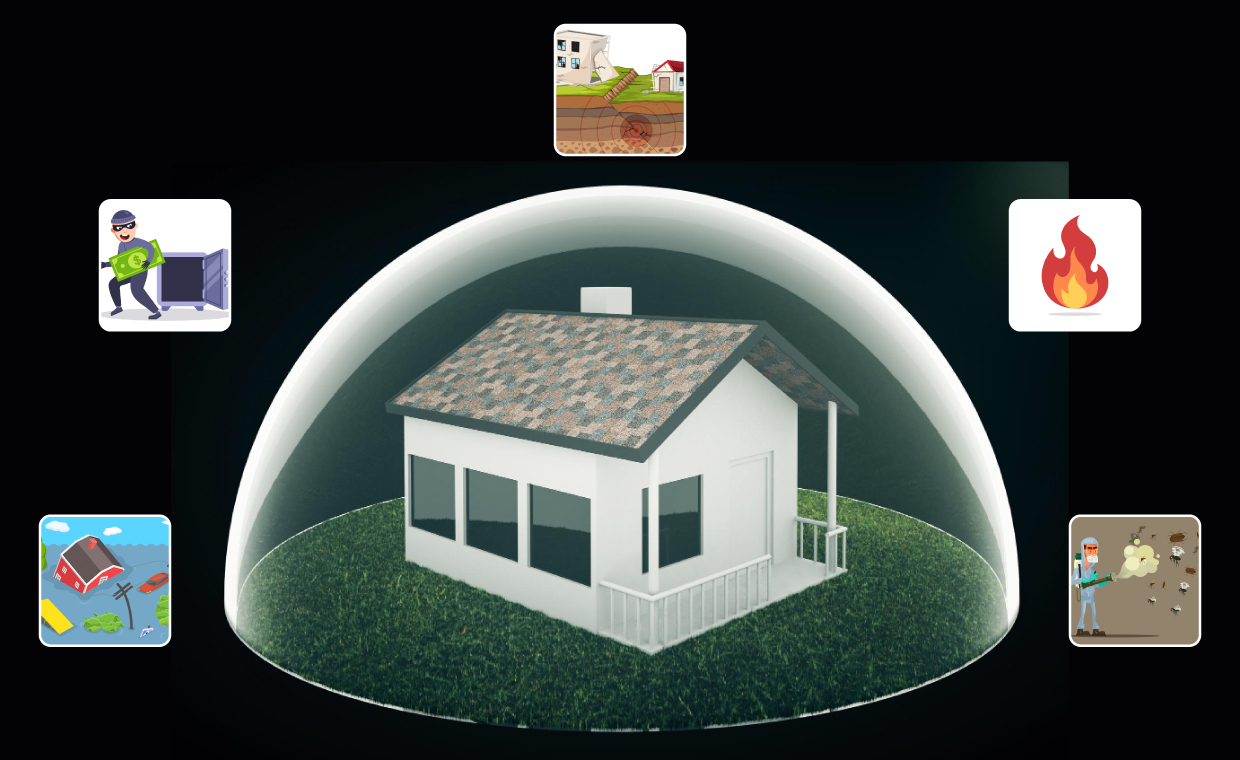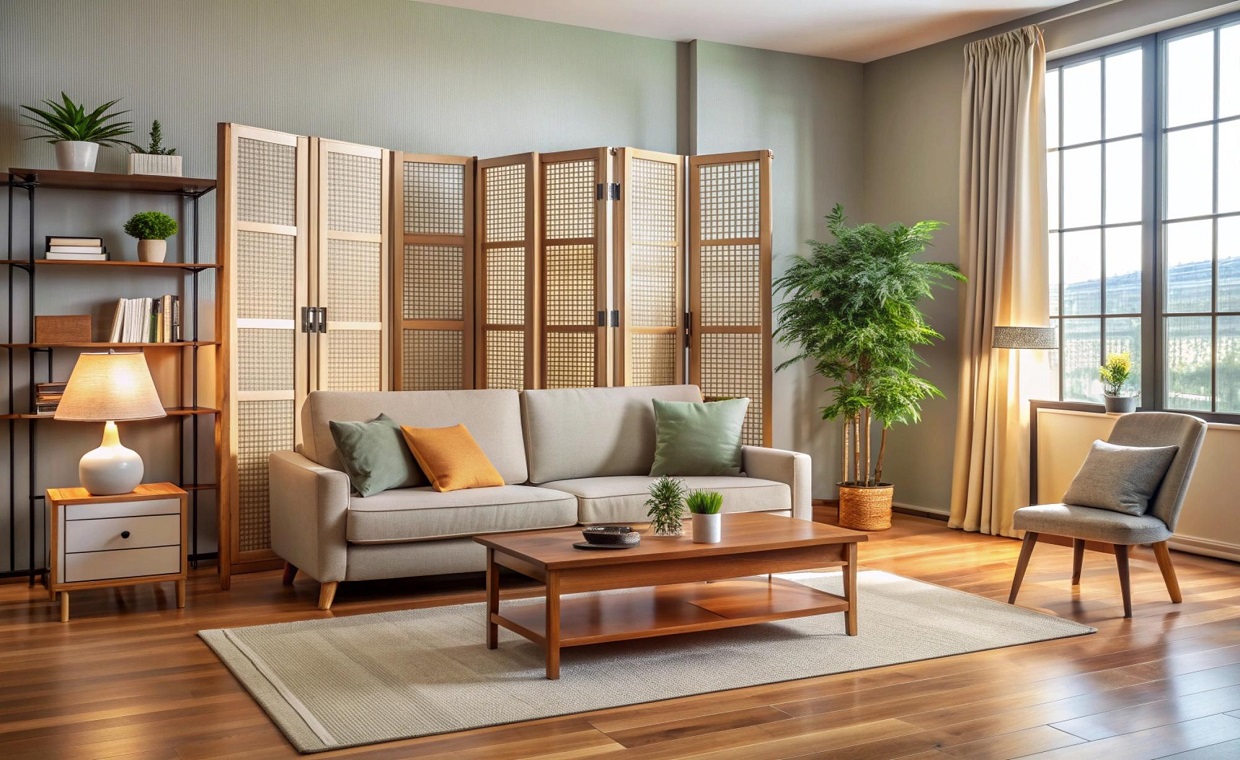
Table of Contents
Quick Summary
- Steel and concrete both are structural materials which are turned into key elements in modern interior design.
- Both, concrete and steel offers strength, durability and aesthetic appeal to your home interior.
- Concrete brings a grounded, raw presence while steel adds sharp, clean lines and flexibility.
- Concrete and steel both supports long-term, sustainable design when low or recycled impact options are used.
- Interior designers are combining both materials to achieve visual weight, definition, and modern elegance in your home interiors.
In modern interior design, the materials are more than just structural options – they are expressive tools. Steel and concrete, which is once limited to industrial architecture and infrastructure, have found their way to luxury houses, boutique hotels and state -of -commercial places. Their raw beauty, unmatched strength and design flexibility make them prefer over architects and designers, who seek a minimal, modern aesthetics of long -term durability.
But when it comes to the interior, it is more visible to choose between steel and concrete. This is a matter of function, maintenance, stability and environment you created. Let’s do what to distinguish steel vs concrete interiors – and when they are part of elegance, flexibility and responsibilities all the equations, they perform how they perform.
Understand Modern Appeal
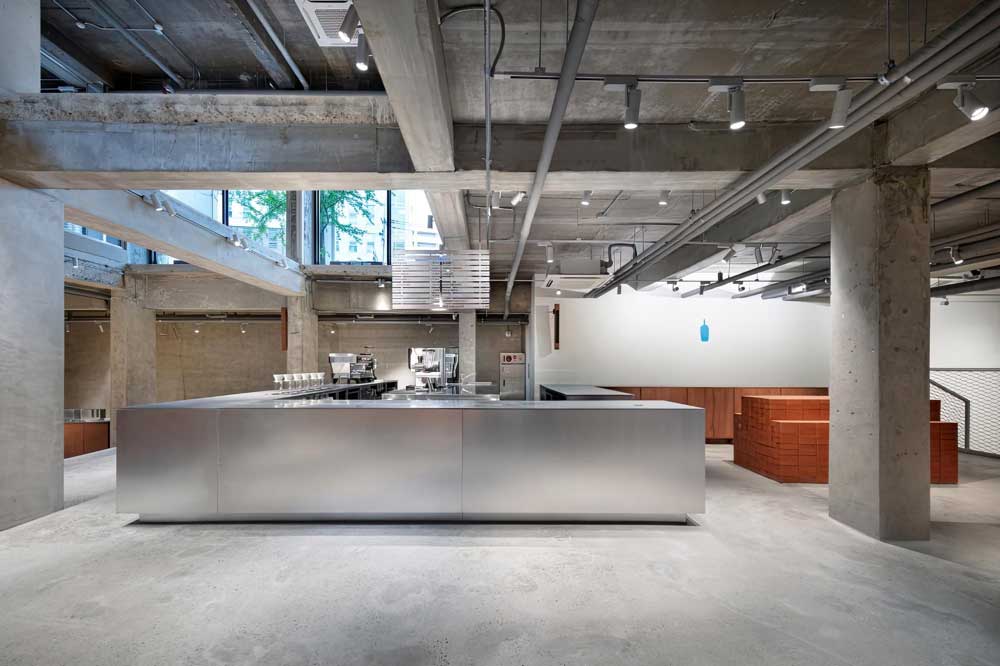
One of the reasons why steel and concrete have become the girlfriend of the high design world: they give up the authenticity. Unlike the synthetic finish, which mimics other ingredients, both give them honest, unfiltered character. They do not show – they reveal.
Concrete expresses weight and durability. It seems architectural, grounded and timeless. It works beautifully in the interior that bends to cruelty, modern minimalism and even warm -industrial styles when it is associated with natural wood or the earth textiles.
On the other hand, steel, accurate and proposed structure. Its sharp lines and sophisticated edges are the opposite in places that require orders and definitions. Black steel, brushed stainless, or even powdered variations allow for different moods from raw urban to polish modern.
As shown in many spaces featured on luxuryinteriors.org, both materials can feel opulent when used with restraint and paired with softer elements like velvet, leather, or ambient lighting. Their visual strength becomes a backdrop for quiet luxury.
Aesthetic Versatility
Steel’s visual appeal lies in the flexibility. It can be used in everything from stirrups and cabinets to the entire wall covering or exposed beam. Matt Black Steel introduced the piece, while the brushed finish gives a sensible elegance. Adapted fabrication allows for thin, minimal frames to insert it into stools, divide open ploys without furniture bases, or visual dislocation.
Concrete, on the other hand, gives a bold statement with mass and texture. Polish concrete floors provide a smooth, unbroken surface that is ideal for modern living rooms and kitchens. Cast-in-place countertops or sink can provide a sculpture quality in the bathroom. Even the panels on the concrete wall – the way they are to be inserted or advocated – in a structural rhythm that breaks the flat painted surfaces.
Designers often use concrete for focal pieces – a huge chimney around or a single structural column – while adding lines and details, letting steel work in the background add lines and details. The difference between their characteristics can be both subtle and striking.
Stability and Maintenance
When it comes to long life, both materials score high – but they are of different ages.
The concrete is very durable, but porous. It can stain or crack if it is not sealed properly, especially in areas that come into contact with moisture or heavy use. However, small errors are often observed as part of the attraction. Polish and sealing concrete are relatively little maintenance and extremely flexible in areas with high finance.
Steel, especially when treatment or powder coated, is resistant to rust and wear. It does its shape, does not bother and is age with minimal visual changes. However, untreated or inappropriate sealed steel can rust rust, especially in the humid environment or near the outer turned walls. Regular cleaning and protective finish keep it ancient.
Both materials are fire-resistant and structurally sound, which adds to their appeal in homes focused on safety and longevity.
Consistent
The choice of stability material is a rapidly important factor, especially in luxury design where customers seek long-term solutions with minimal environmental impact.
Concrete production has a heavy carbon footprint, but its thermal mass can contribute to energy efficiency. When inactive solar design is used strategically, concrete floors and walls can help to regulate interior temperature, which can reduce the HVAC load.
Steel, although it is also energy -intensive to produce, is one of the most recycled materials in the world. Recycled steel can be used without performing screen, and it is often derived from local supply chains to reduce transport emissions.
Both materials are incredibly long-lasting, which supports permanent design for long life. Instead of the need for compensation for every decade, the installation of steel and concrete can remain the least with environmental waste or longer.
For environmentally conscious designers and homeowners, the use of reproduced steel purchases or green-fed concrete mix can significantly reduce the environmental effects.
Which One is Right for You?
Choosing between steel and concrete comes down on your design preferences.
If you want a sharp, controlled beauty with functional flexibility, steel can be your content. It is ideal for frames, hardware and clean lines that blend in both industrial and modernist interiors.
If you are looking for a touch, grounded material that provides weight and authenticity in a room, concrete is a compelling alternative. It works beautifully on the floor, produced and mass focus points, where its mass and tone become part of the experience.
In many of today’s best-designed interiors, you’ll find both materials working in harmony—steel defining lines and edges, while concrete grounds the space and softens the precision with organic texture.
Steel vs Concrete Interiors – Material Honesty
Steel and concrete may have been born out of utility, but they’ve rightfully earned their place in high design. In the hands of thoughtful architects and designers, these materials do more than simply support a structure – they evoke emotion, define space, and express purpose. They serve as a raw yet elegant canvas for creativity, offering both form and function while conveying a quiet sense of permanence. Whether you’re working with an exposed framework, a modern build, or a meticulously restored space, steel and concrete choices are not only visually striking and versatile – they deeply align with how we live today. Even in urban infrastructure, like sidewalk repair NYC, these materials are central to both aesthetics and endurance, reminding us that strength and style can coexist beautifully.
Also Read: Know the Difference Between Living Room’s Interior Design and Décor
FAQs on Steel vs Concrete Interiors
1. What is the Main Difference Between Aesthetic of Steel and Concrete Interior?
Steel gives sharp and cleanliness and it looks sleek or industrial, especially in black or powder-coated finishes whereas concrete provide grounded, raw look with mass and texture which makes it ideal for walls, floors or countertops.
2. Are Steel and Concrete both are Fire-resistant?
Yes, both offer excellent fire resistance, which is a great benefit over wood or some synthetic materials.
3. Are Steel or Concrete Interiors More Sustainable?
Steel is more likely to recyclable compare to concrete which makes it environment-friendly option. Concrete has high environment impact, though it is also recyclable upto some extent.





